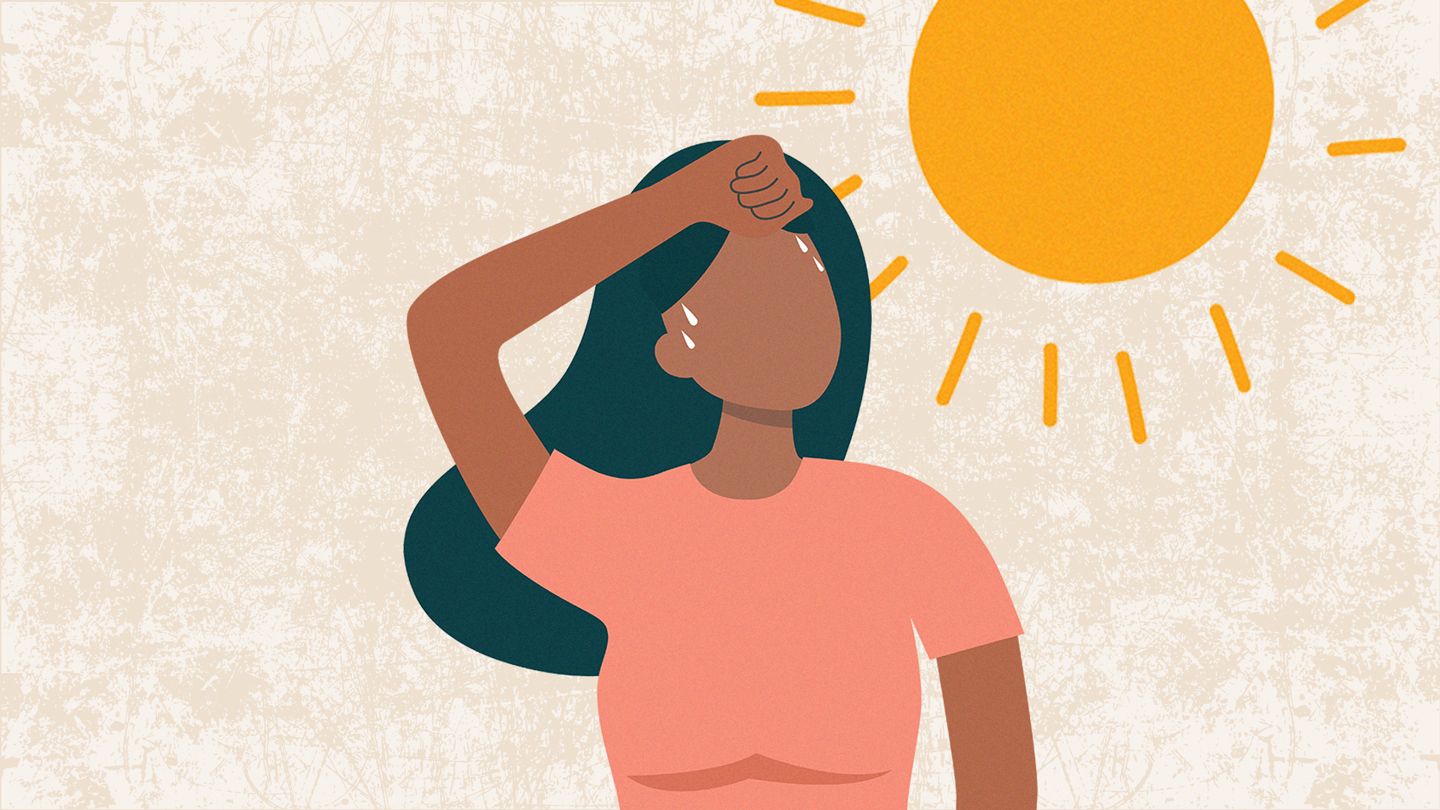Did you know that up to 75% of your daily salt and sugar intake is hidden in processed foods?
In the news lately Tesco have been withdrawing products from its shelves and the government has been considering a 20% fizzy drink tax that has been proposed by doctors, it is clearer than ever that our poor diets are damaging our health and NHS. Now the pressure is on for food manufactures to make a meaningful change.
I’m sat here writing this with a cheese sandwich beside me for my lunch. But do any of us really know how much salt and sugar is in our cheese sandwiches? I presumed not a lot but decided to check. It will shock you.
What do we know about salt and sugar?
The salt found in our food is a compound of the mineral ‘sodium’ and chloride. why are salt and sodium displayed separately on the nutritional guidance of some foods?’ The answer is that salt has a high sodium content, but there are other sources of sodium in processed foods too, such as MSG and baking soda.
In appropriate amounts, sodium plays an important role in the functioning of the cardiovascular system by regulating the contractions of the heart muscles and controlling the volume of blood. Sodium also contributes functionality of the kidneys in combination with potassium.
Sugars are simple carbohydrates, which the body converts into energy. There are two categories of sugar, simple sugars and double sugars, which differ in their molecular structure. Fructose and glucose are both simple sugars, and are found in plants and fruits. Double sugars include sucrose (table sugar), lactose (found in milk and other dairy products), and maltose (found in beers and other malted drinks). Just to confuse things further all of the double sugars are actually made up of the simple sugars.
With all that in mind sugar doesn’t actually contain any essentials nutrients and is referred as ‘pure energy’. For this reason sugar in small amounts and on rare occasion can be a useful boost in energy if you have a heavy exercise routine.
When is enough, enough?
The recommended daily allowance (RDA) sets out the appropriate amounts of a nutrient and energy we should ingest per day to maintain a healthy diet.
For most of us the RDA for salt is 6g per day (and sodium, 2.4g per day). In reality we need no more than 1g of salt per day to remain healthy. This constant overconsumption of salt can lead to a range of serious health issues.
It is recommended by the World Health Organisation (WHO) that we should not consume more than 25g of sugar a day (that’s 6 teaspoons).
Sugar should constitute no more than 5% of our daily energy; the rest of our energy should come from starches, which are complex carbohydrates. This sounds very reasonable until you consider the hidden use of sugar in processed foods.
While many of us are under the illusion that avoiding a select few foods and drinks such as sweets and fizzy drinks will keep our diets under control but the truth is, it is near impossible for us to really know exactly how much sugar we really consume on a daily basis.
What happens if we eat too much?
A diet that is rich in salt can have numerous negative effects your body, including contributing to weight gain. When you increased the levels of salt it can lead to your kidneys increasing their water retention. This occurs because of the balance of sodium and potassium (two minerals the kidneys use to control the fluid that passes to the bladder) is altered and can lead to an increase in your bodily weight.
Salt can have a massive impact on the cardiovascular system, causing issues like high blood pressure and strokes. As the sodium in salt contributes to the functionality of the contractions of the heart muscles, which are used to regulate how much blood enters the heart, an increase in salt can lead to more frequent contraction which leads to less blood entering the heart per beat.
This process will lead to a rise in blood pressure as more blood will be left in the arteries which increases the pressure on their walls. To cope with this our arteries thicken leading to a further rise in blood pressure. When the pressure is too great for the walls of the arteries to handle this can result in an aneurysm.
A diet that is rich in sugar runs the risk of maxing out our liver's ability to process sugar into energy. When this happens the liver begins transforming the simple sugars (glucose and fructose) into fatty acids which is then transported via the blood and stored as fat.
Food for thought: The average can of fizzy drink contains approximately 9 teaspoons of sugar, so if you were to drink 2 cans of fizzy drink in one day you would be consuming 18 teaspoons, or 37.5g of sugar. That’s 50% more than your RDA!
The overconsumption of sugar can lead to multiple health issues, mainly through causing us to become overweight and even obese. Recent research has also linked sugar to irregular muscle function of the heart that could increase the risk of heart disease. Furthermore sugar has been linked to the resistance of hormones in the body such as insulin and leptin. It is commonly known that insulin resistance can progress to type two diabetes, leptin resistance however is much more subtle.
Leptin is the hormone in the body that tells the brain that you’ve had enough food. Resistance to this hormone is symptomless meaning you could eat larger amounts without noticing you’re full, the continued effect of this results in you gaining weight.
Where salt and sugar hides
There are some foods that we’re aware contain high levels of salt, but what my cheese sandwich, and the cereal I had for breakfast?
The flower that is used to make bread that we get from the supermarket contains salt. Two sandwiches made with your average white bread would account for approximately one tenth (0.6g) of your daily allowance. Now that doesn’t sound like much, but that’s before you add the filling.
When we add about four small slices of cheese - just enough to cover the surface of the bread - That would be 1.4g of salt in the cheese, bringing the salt content in a cheese sandwich to approximately one third of your daily allowance (2g).
Now that’s just one meal, lets look at breakfast. This morning like many others I had cereal. An average bowl of corn flakes contains 0.7g of salt bringing your salt count up to nearly half of your daily allowance, just by having what most (or at least what I) consider a normal breakfast and lunch. What more shocking is that we’ve still got dinner and snacks to fit into our diets. It’s no wonder what is so easy to overdo the salt intake!
But the breakfast shock does stop at salt, lets look at the sugar. With the cereal, most people would have milk. Approximately half a cup of full fat milk contains 6g of sugar (24% of your daily allowance). Now that has put a standard breakfast in perspective, we’ll look at the sugar content in a typical dinner.
A favourite of mine is pasta with sauce but the average serving of half a cup of pasta sauce can contain as much as 9g of sugar (36% of your daily allowance). Across two meals we’ve already consumed a huge amount of sugar, just with these examples 60% of our daily allowance has been consumed!
We can all see now why it’s so easy to fall into the trap of over consumption, but how can we cut down? It’ll be difficult but we have some tips for you.
How to reduce the salt and sugar in your diet
When trying to cut down on salt, we recommend using spices in cooking to add flavour, there are a range of interesting flavours to be explored and introducing them to children as early as possible can help adjust their pallets and begin the process of helping them eat healthier diets.
You should also avoid foods that you don’t have control over the cooking process or if you do go out for a meal request no salt and avoid take out altogether.
Top tip: Try baking your own bread where you are in charge of the ingredients and use it for sandwiches with healthier fillings.
As for sugar, we suggest cutting it down as much as possible, the daily recommended guidelines state ‘no more than 5%’ of your energy should come from sugar, meaning it could go lower. Try to obtain the majority of energy through starch (complex carbohydrates) in your diet. This will provide a healthier and slower release of energy keeping you feeling alert throughout the day.
With both sugar and salt the easiest way to cut down is to consume little or no snacks throughout the day and rely on you meals for your energy and what little sodium your body needs to stay healthy.
After writing this, I think I’ll bring a salad tomorrow.
We’re eager to hear your views on the salt and sugar content of foods and encourage you to post a comment below and share this post with your family and friends to help them understand the importance of a healthy diet.
If you would like to read more about the health risks of some of the issues discussed in this post please visit our online doctor page for more information.














